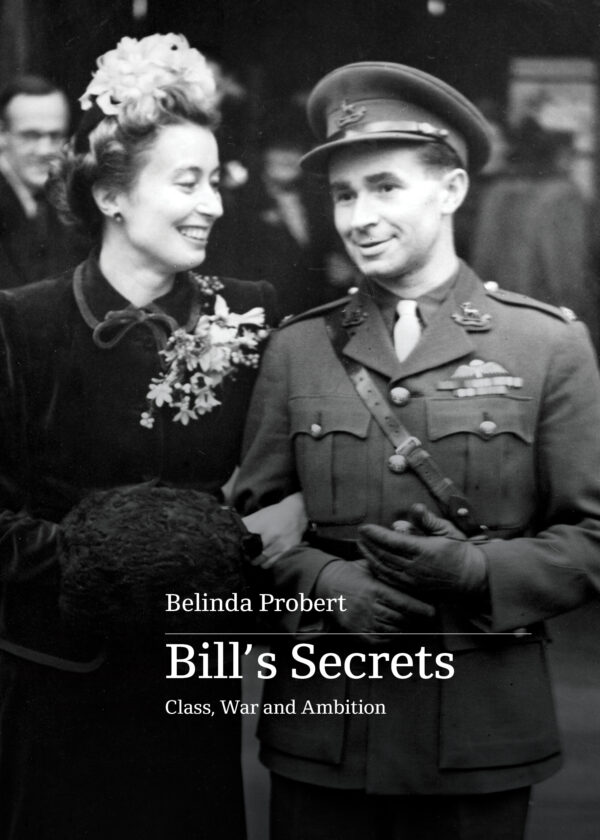The Marriage of Figaro and The Elixir of Love (Opera Australia)
Opera Australia's short spring season in Melbourne began with the first revival of David McVicars's highly resuscitable production of Le nozze di Figaro ![]() , first seen in Sydney in August this year. It follows the British director's Don Giovanni already seen in Sydney and Melbourne. Così fan tutte will follow next year – welcome programming of these three Mozart/Da Ponte masterpieces by the national company.
, first seen in Sydney in August this year. It follows the British director's Don Giovanni already seen in Sydney and Melbourne. Così fan tutte will follow next year – welcome programming of these three Mozart/Da Ponte masterpieces by the national company.
In his long review for Arts Update, Michael Halliwell praised McVicars's production as a 'triumph', a palpable hit:
The elements of farcical comedy are all there, but a deep sense of humanity is pervasive, and evident throughout is the great attention to detail from the sparkling recitatives to absolute clarity in the direction of each individual.
Continue reading for only $10 per month. Subscribe and gain full access to Australian Book Review. Already a subscriber? Sign in. If you need assistance, feel free to contact us.









Comment (1)